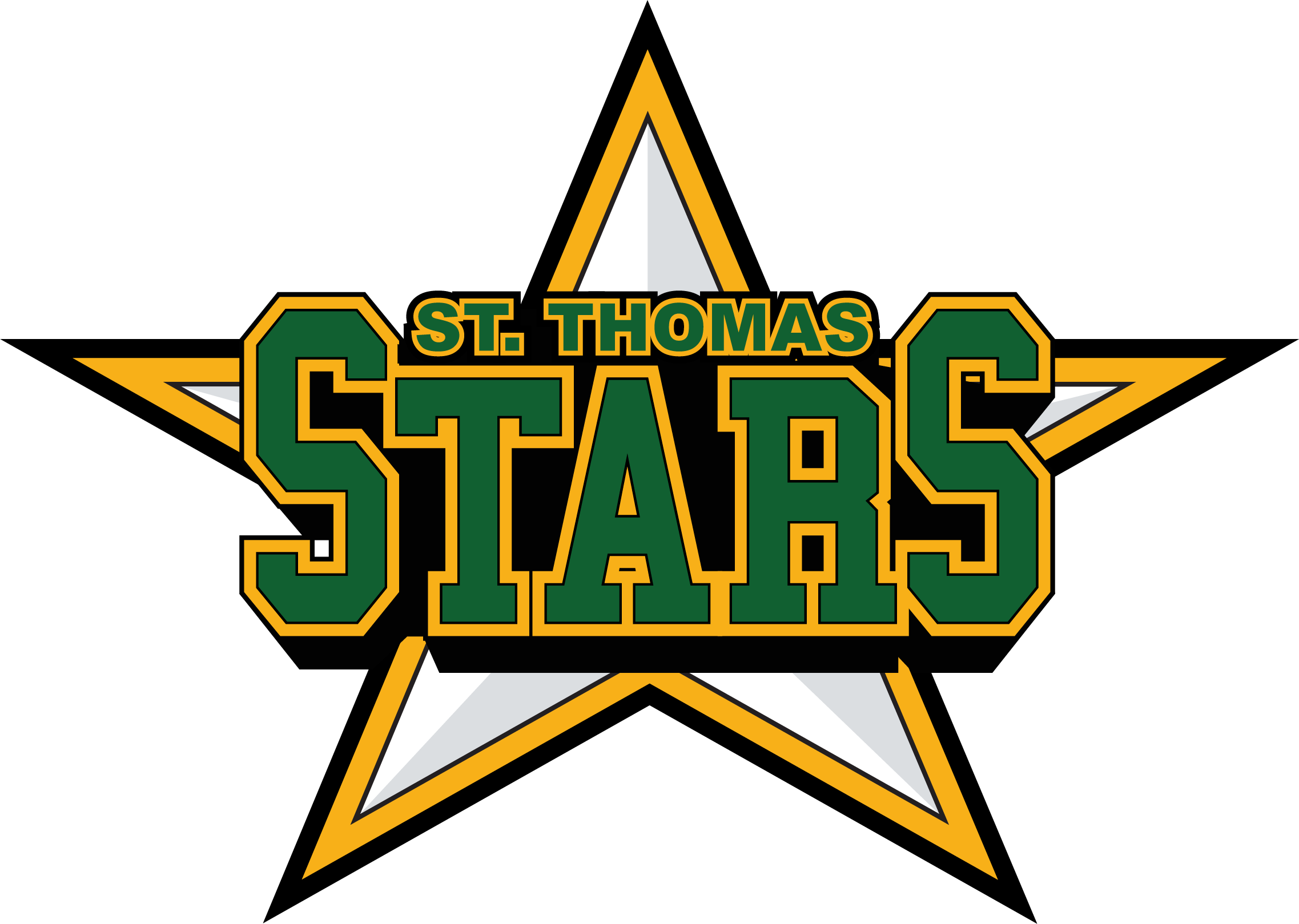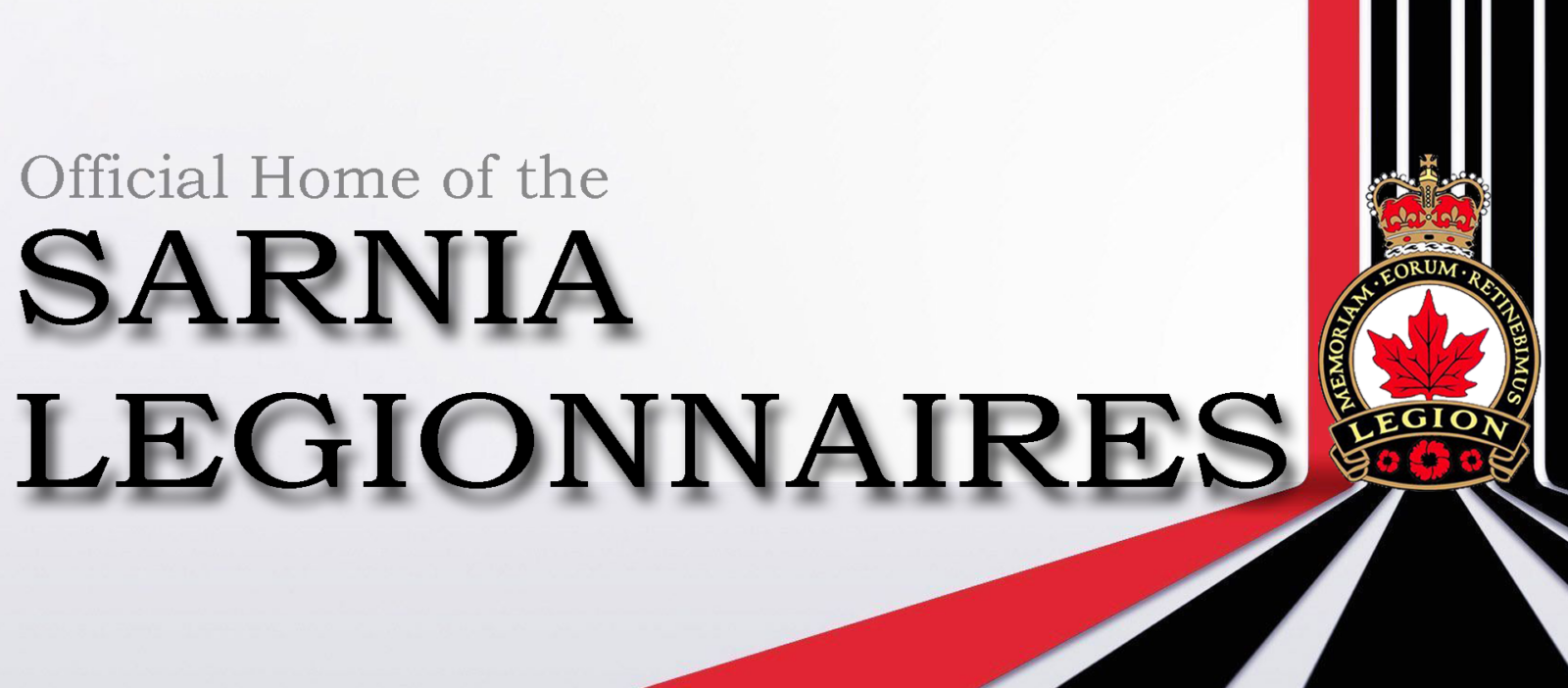SPORT MEDICINE ADVISORY COMMITTEE UPDATE:
Disease Update
The number of confirmed cases of COVID-19 is over 8.3 million with over 4.3
million recovered and 446,000 deaths. Mortality rate in Canada is 8%. Many
countries are continuing to reopen aspects of their economies and loosen
restrictions, and this is also happening in Canada.
In Canada we have over 99,500 cases, 8,200 deaths and 61,000 (62%)
recovered. Of the 29,000 presently active cases in Canada, 97% are
classified as mild. The number of recovered continues to rise and more
extensive testing in many provinces has not been finding significant
additional cases. The curve has been flattened for the most part and local
health authorities are zeroing in on flare ups to limit their spread.
This progressive relaxation of restrictions will have an impact on training
and access to facilities, but timing will differ across regions and across
different sports. Each athlete and sport are working on plans and using the
guidelines as set out in the R-SAT (Return to Sport Assessment Tool) and the
recent publications from the High Performance Return to Sport Task Force.
Institutes and Training Facilities
At this stage, all Canadians remain under national and provincial public
health guidance. With the recent changes most of the institutes are opening,
at least partially. The timing and level of operations possible will be
dependent on the local restrictions in place at the time and vary from one
institute to another.
Return to Training in Clubs and Groups
The Return to Sport Task Force has published the National Framework for
COVID-19 Return to High Performance Sport as well as a Club Risk Assessment
and Mitigation Checklist tool. These documents have been widely distributed
and are available on Own the Podium’s website
<https://www.ownthepodium.org/en-CA/Resources/COVID-19-Resources> (COVID-19
Resources) . Many sport specific return to training plans are being
published using these guidelines.
Mental Health Update
Emotions are high as many are transitioning back to in-person group
interactions and training. Expect a wide range of experiences including
excitement, enjoyment, surprise, relief, indifference, reluctance, anxiety,
fear, guilt, and even resentment. It is normal if athletes, coaches, and
staff feel lost, confused, and stressed as they get familiarized with new
environments and regulations and strive to implement them. Information is
changing on a regular basis thus open and honest communication is most
important ingredient during this transition. Following are examples of
concerns or issues that people may be experiencing and strategies to address
them.
Concerns/Issues
* Mixed messages
* Mental fatigue and overload
* Reduced patience and tolerance
* Lack of clarity of role on the team
* Fear tactics to maximize compliance
* Fear of penalization if don’t return to training or if have fallen
behind (ex. fitness, skills)
* Lack of awareness and vigilance due to culture of invincibility
* Lack of physical and psychological safety (ex. leaving home,
reduced staff in the gym)
* Fear and frustration with others who are not following protocol
* Fluctuating motivation and focus with lack of competitions
Strategies
* Name and normalize reactions
* Explore psychological readiness for return to group training
* Establish personalized safety plans based on needs and preferences
* Use solution-focused questions to promote self-efficacy rather
than fear
* Monitor experiences/reactions (ex. traffic light check-in)
* Accept and give space to be vulnerable
* Remain honest, open, and transparent
* Provide autonomy to make decisions for self
* Engage in daily self-care (ex. mindfulness, connect with family)
* Identify barriers and effective responses to them
* Respect safe sport guidelines (ex. no weigh-ins)
* Use resilience and mental fitness skills to mitigate stress
* Move cautiously so as to not overwhelm
* Offer support in person and/or online (ex. MPC, mental health
practitioner)
Ultimately, a commitment to social responsibility to protect everyone’s
health, training progression, and performance, is a priority. Promote being
a role model citizen and reinforce collaboration and support. We’re in this
together !

























